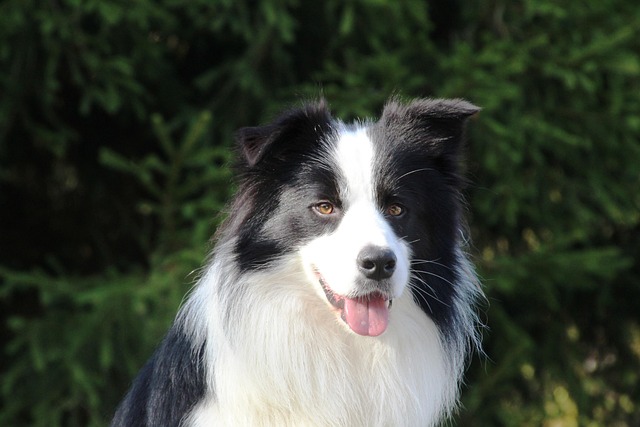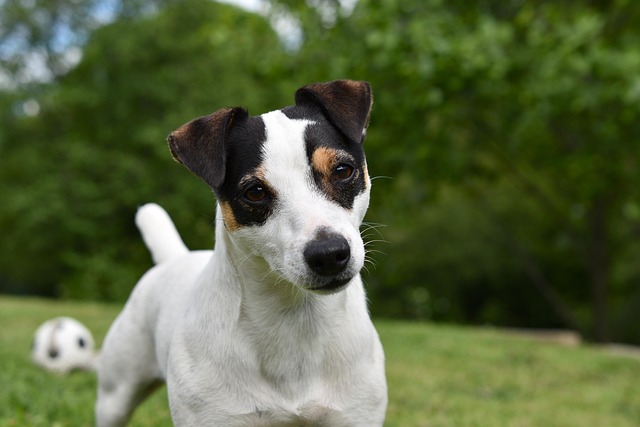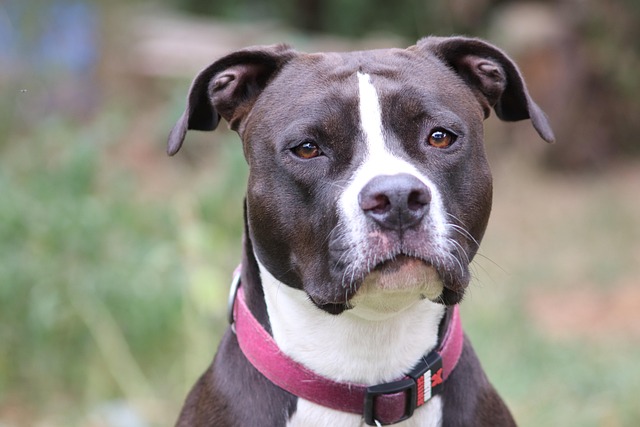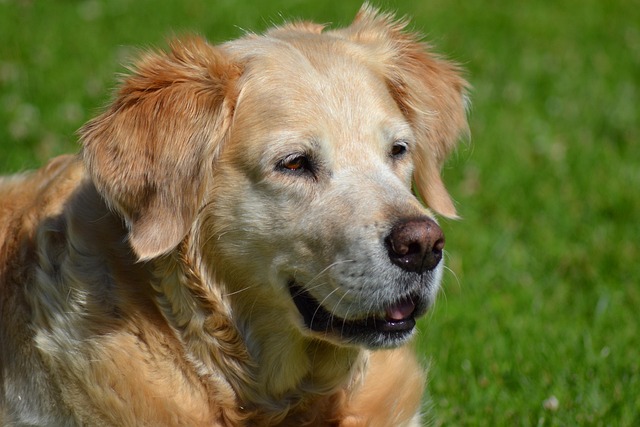
How to potty train a german shepherd dog?
Potty training a German Shepherd can feel like a big task, especially since these dogs are smart but also have lots of energy—meaning accidents can happen fast if you’re not consistent.
Many new dog owners feel overwhelmed when they first try to teach their pup to follow commands—whether it’s getting a hyper puppy to sit or a stubborn adult dog to come when called. Obedience training isn’t about making your dog “submit”; it’s about building trust and clear communication, which lays the foundation for a happy life together. Even small, consistent efforts work better than occasional long sessions, and the right approach can turn frustrating moments into bonding ones.
The science here boils down to “positive reinforcement”—rewarding the behavior you want to see, so your dog learns to repeat it. Dogs don’t understand punishment (like yelling or physical correction); instead, they connect actions to consequences. For example, if you give a treat and excited praise when your dog sits on command, they’ll quickly link “sit” to getting something good. This method aligns with Western pet welfare values, which prioritize kindness over harsh discipline and focus on strengthening your relationship with your dog.

Putting this into practice starts with simple commands and short, frequent sessions—10 to 15 minutes a day is enough to keep your dog engaged. Begin with “sit”: hold a treat above their head, move it back slightly, and say “sit” as their bottom hits the floor. Reward immediately, and repeat until they respond without the treat. For “come,” use a cheerful tone, call their name followed by “come,” and reward them with affection or a toy when they reach you—never scold them if they take time, or they’ll learn to avoid coming. If you live in an apartment, practice in a quiet room first before moving to busier areas like hallways or parks.
Compliance and community respect play a role too, especially when training in public spaces. First, make sure your dog is up-to-date on vaccines (required by law in most places) before taking them to dog parks or busy sidewalks—this protects both your pup and others. When training outside, always keep your dog on a leash unless you’re in a designated off-leash area, and bring waste bags to clean up after them. If your dog gets distracted by other people or dogs, stay calm, redirect their attention to you with a treat, and start again—rushing or getting frustrated will only slow progress.
Obedience training is a journey, not a destination—your dog might have good days and bad, and that’s completely normal. The key is to stay patient, consistent, and focused on positive reinforcement. Over time, you’ll notice not just better behavior, but a stronger bond: your dog will look to you for guidance, and you’ll feel more confident in handling any situation. Whether you’re training a tiny Chihuahua or a large Golden Retriever, this approach works because it’s based on what dogs actually understand—kindness, clarity, and rewards.

Potty training a German Shepherd can feel like a big task, especially since these dogs are smart but also have lots of energy—meaning accidents can happen fast if you’re not consistent.

One of the coziest parts of camping is settling in for the night, but as a new dog owner, you might be staring at your tent wondering

Bringing a new furry friend home is exciting, but figuring out potty training can feel overwhelming for first-time owners.

The thought of sharing your first camping adventure with your dog is incredibly exciting—the hikes, the campfire cuddles, the stunning photos.

The dream of falling asleep under the stars with your furry best friend curled up beside you is a powerful one. But for many new dog owners

The image of your dog curled up by a crackling campfire under a starry sky is the ultimate dream for many pet owners. But turning that dream into reality